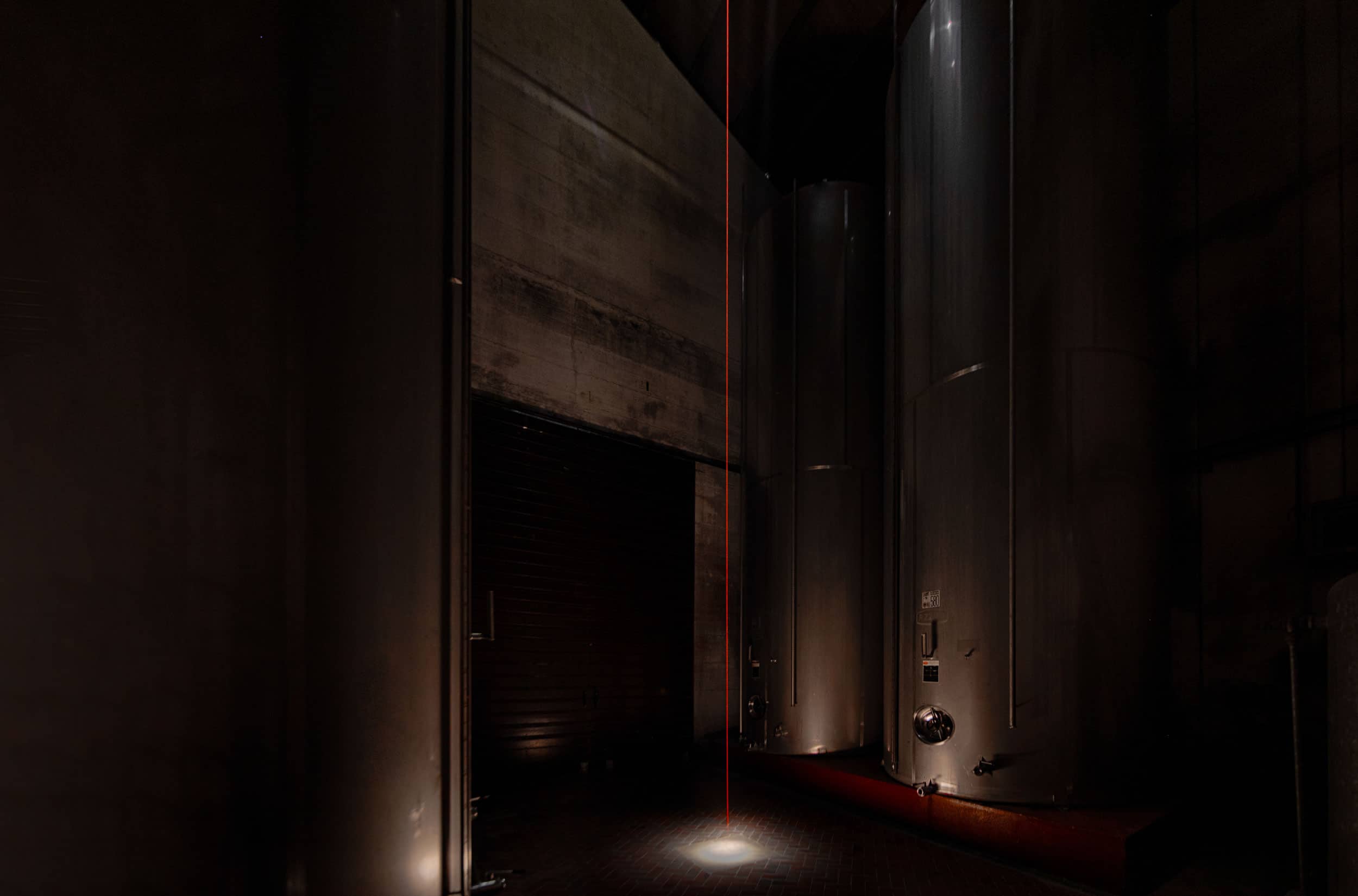A few months ago, we visited Ama (Toscany), and its breathtaking art collection – Castello di Ama per Arte Contemporanea. It was an extraordinary opportunity, courtesy of Lorenza Sebasti, who agreed to meet us and show us around the collection. Our conversation about the idea behind the collection and their relationships/friendships with artists you can find in our latest issue of Contemporary Lynx Magazine on paper.
This time we would like to present a brief interview between Mirosław Bałka, whose work Red Nerve is part of this amazing collection, and Philip Larratt-Smith, the Canadian art curator who was working with Bourgeois as a literary archivist. Larratt-Smith was later invited to write an essay on Ama’s art. But finally, in 2015, they invited him to be the curator of this collection.
Philip Larratt-Smith: What was it about the site of the cantina that spoke to you?
Mirosław Bałka: During the site visit I was looking for a space that was closely related to the process of wine production. So when I entered to the cantina I knew it was waiting for my intervention. It is rather constricted, with the strong presence of steel objects—silos, stairs, and a very high ceiling. The orchestra of the space was waiting for the gesture of a conductor.
Philip Larratt-Smith: red nerve belongs to a typology of form that you have developed before. Does situating it here at Ama add another dimension to its meaning?
Mirosław Bałka: red nerve is strongly related to the destiny of Castello di Ama—the process of growing and making wine. Red wine. The idea of a red nerve came to me when I saw the hard soil and new planted vines in spring time. I thought about extremely hard work which the roots of these plants have to do. How fragile and responsible they are in the underground darkness.
Philip Larratt-Smith: The fragility and delicacy of the work seems fitting for the moment we are living through. How does the larger situation—the climate emergency, for instance, or the rise of xenophobic nationalism in Poland and elsewhere—find its way into your art? Does red nerve have a sociopolitical dimension?
Mirosław Bałka: The last years have been extremely hard. In 1989, when the political order in Europe changed and the wind of democracy started to blow all over the East, I couldn’t imagine that after 30 years we will find ourselves in such a dark place. As an artist I’ve been touching the subject of these worries. As a people, we have to deal with this situation through our history and our political and social presence.
red nerve, being vertical in a tall dark space, can give us advice or rather a request: stay vertical, take care of your fragility, as this is a real value which you can offer to society. The nervous system has a critical function to perform in the human body.
Philip Larratt-Smith: Do you see the red thread as a movement from floor towards ceiling—as an ascent? Or is it that something drops from the sky and descends to earth? Does this movement have any spiritual or religious connotation?
Mirosław Bałka: red nerve goes from the ground straight up towards the light, but if you see it dropping from the sky that’s also right. Both movements can have spiritual connotations, but it’s very much an individual interpretation, which is what art is about. Probably.

Mirosław Bałka, red nerve





